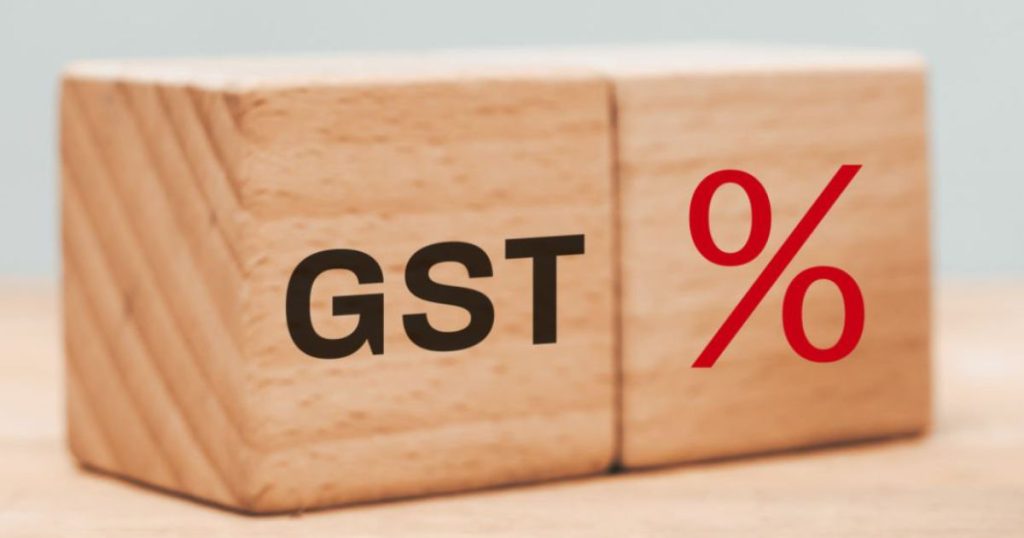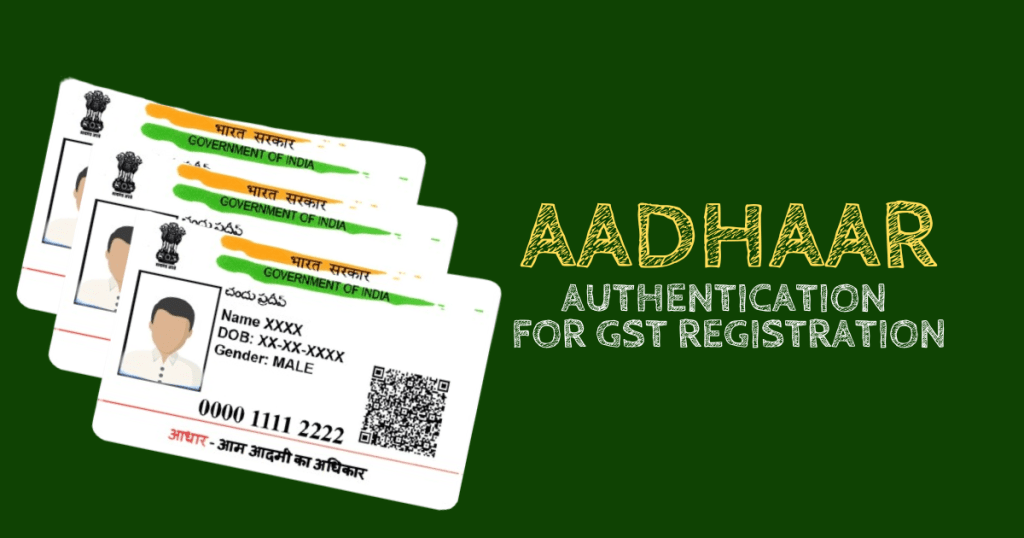Changes in GST Return filing from July 2025 aim to streamline the ITC process and offer greater flexibility to taxpayers. The new system is designed mainly to focus on minimizing errors, reducing unnecessary ITC reversals and improving communication between buyers and suppliers to make GST compliance more accurate, transparent and aligned with real-world transaction scenarios.
Table 12B (B2C HSN Summary) is not mandatory
Taxpayers can leave it blank or fill it with any value.
Issue
Taxpayers dealing with only B2C sales sometimes face system errors if Table 12A (B2B HSN Summary) is left blank. This problem arises when the taxpayer has made any entry in Table 8 of GSTR-1.
Solution
- If there are no B2B supplies, taxpayers should:
- Make at least one entry in Table 12A.
- Enter any HSN code and any UQC (Unit Quantity Code).
- Fill all other fields with “0” to proceed.
This way, the system will not show any errors. Additionally, the system will be updated soon to simplify the GSTR-1 filing process for cases involving only B2C supplies.
Credit Notes Handling Process
The process to claim ITC in GST returns will be change from 1st July 2025.
Earlier, purchasers need to review invoices in IMS either accept or reject credit notes in IMS as there is no option to keep them pending.
These invoices contribute to auto-generated GSTR-2B.
Issue with Credit Notes
Acceptance of a credit note mandates a full reversal of the related ITC, which may not always be appropriate, as partial reversals or no reversals may be justified depending on the case.
Rejecting a credit note results in the entire credit note being disregarded, which increases the supplier’s liability and may not reflect the correct ITC adjustments required.
Introduction of “Pending” Option in IMS
From 1st July 2025, the GST portal will introduce a “pending” option in IMS for specified documents, allowing taxpayers to defer acceptance or rejection decisions temporarily. This pending option will apply to:
- Credit notes
- Credit note amendments (except the downward amendment of Credit note where original Credit note already accepted and ITC adjusted).
- B2B-Invoice downward amendment only where original Invoice already accepted and ITC availed.
- Debit note downward amendment only where original debit note already accepted and ITC availed.
- ECO-Document downward amendment only where original eco-document already accepted and ITC availed.
Why Pending Option is Crucial?
Many scenarios exist where full ITC reversal is not required, but current accept/reject options was being forced due to lack of pending option.
The pending option will provide flexibility, allowing recipients to communicate how much ITC should be reduced upon acceptance of these documents, reflecting partial or no reversals where applicable.
New Functionalities for ITC Adjustments in IMS
When accepting a credit note or amendment, users will be able to specify how much ITC they want to reverse, using a remarks section to explain the adjustment.
Similarly, when rejecting or keeping records pending, taxpayers can add optional remarks to clarify their actions, improving transparency and record-keeping .
Impact on GSTR-3B Effective July 2025
GSTR-3B filing will see major changes that is freezing of initial sales data and a revamped IMS mechanism for handling ITC documents.
GSTIN To Block Late Return Filing Beyond 3 Years
As per the Finance Act,2023 (8 of 2023), dt. 31-03-2023, implemented w.e.f 01-10-2023 vide Notification No. 28/2023 – Central Tax dated 31th July, 2023, a new rule was introduced that the taxpayers shall not be allowed file their GST returns after the expiry of a period of three years from 3 years from their original due date.
This applies to the following returns:
- GSTR-1 (Outward supplies)
- GSTR-3B (Monthly return with tax payment)
- GSTR-4 (Composition scheme)
- GSTR-5 / 5A (For non-residents/OIDAR services)
- GSTR-6 (Input Service Distributors)
- GSTR-7 (TDS return)
- GSTR-8 (TCS return)
- GSTR-9 (Annual return)
What should you do?
Check your records once again and file GST returns immediately (especially if they are nearing the 3-year limit)
Click Here To Know About GST Return Data Archival Alert
Overview – What’s Changed Since 2017?
GST return filing process has seen various changes since its introduction in 2017.
Changes Occurred in the Process of GST Returns
Although the GST Act was recently introduced, numerous amendments have been made to ensure the smooth functioning of indirect tax reforms in India, including GST returns. We had a few forms for filing returns when the GST was introduced. Now, we have forms that cater to every taxpayer’s needs.
- GSTR-1: Details of Outward Supplies
- GSTR 2: Details of inward supplies received from other taxpayers (currently suspended)
- GSTR-3: Details of outward and inward supplies, taxes paid and taxes liable(generated based on GSTR-1 & 2) (currently suspended)
The GST returns mentioned above were made available to taxpayers when the GST Act was first introduced. To facilitate the disclosure of details for each type of taxpayer, the following returns were introduced.
- GSTR-1 IFF (Invoice Furnishing Facility): Details of Outward Supplies that come under the QRMP scheme for uploading B2B invoices.
- GSTR-2A (dynamic): Auto-populated return containing details of Input Tax Credit (ITC).
- GSTR-2B (static): Auto-drafted Input Tax Credit (ITC) statement.
- GSTR-3B: Details of outward and inward supplies, taxes paid and taxes liable.
- GSTR-4: Annual Return to filed by taxpayers under the composition scheme.
- GSTR-4A: Auto-generated return for composition taxpayers.
- GSTR-5: Details of monthly returns filed by non-resident foreign taxpayers.
- GSTR-5A: Details of monthly returns that are to be filed by OIDAR taxpayers.
- GSTR-6: Details of monthly returns filed by Input Service Distributors (ISD).
- GSTR-7: Details of monthly returns filed by those taxpayers who are required to deduct TDS.
- GSTR-8: Details of monthly returns to be filed by E-Commerce operators who are required to collect TCS.
- GSTR-9: Annual Return.
- GSTR-9A: Annual Return to be filed by composition scheme taxpayers.
- GSTR-9C: Annual Reconciliation Statement for those taxpayers whose turnover exceeds Rs. 2 crore.
- GSTR-10: Final Return (in case of cancellation or surrender of GSTIN).
- GSTR-11: Quarterly return for taxpayers who have been issued a Unique Identity Number (UIN) to claim GST refunds.
- CMP-08: Quarterly return for composition taxpayers.
- ITC-04: Details of goods manufactured which are sent to a job worker and received back.
The taxpayer is advised to go through all the forms and the requirements to file the returns based on their business, turnover and other factors. For any latest updates, circulars, and notifications on these forms, one can look into the official GST portal. It is advisable to seek guidance from a tax professional or a Chartered Accountant to make informed decisions regarding GST
FAQs
GST returns to be filed by all registered businesses, including sole proprietorships, partnerships, companies, and other entities with taxable supplies.
The major changes are simplification of ITC claims through GSTR-2B, introduction of the QRMP scheme, and mandatory e-invoicing for larger businesses.
ITC claims are now based on the GSTR-2B statement, which auto-populates eligible ITC based on suppliers’ GSTR-1 filings, reducing the chances of mismatch errors.


